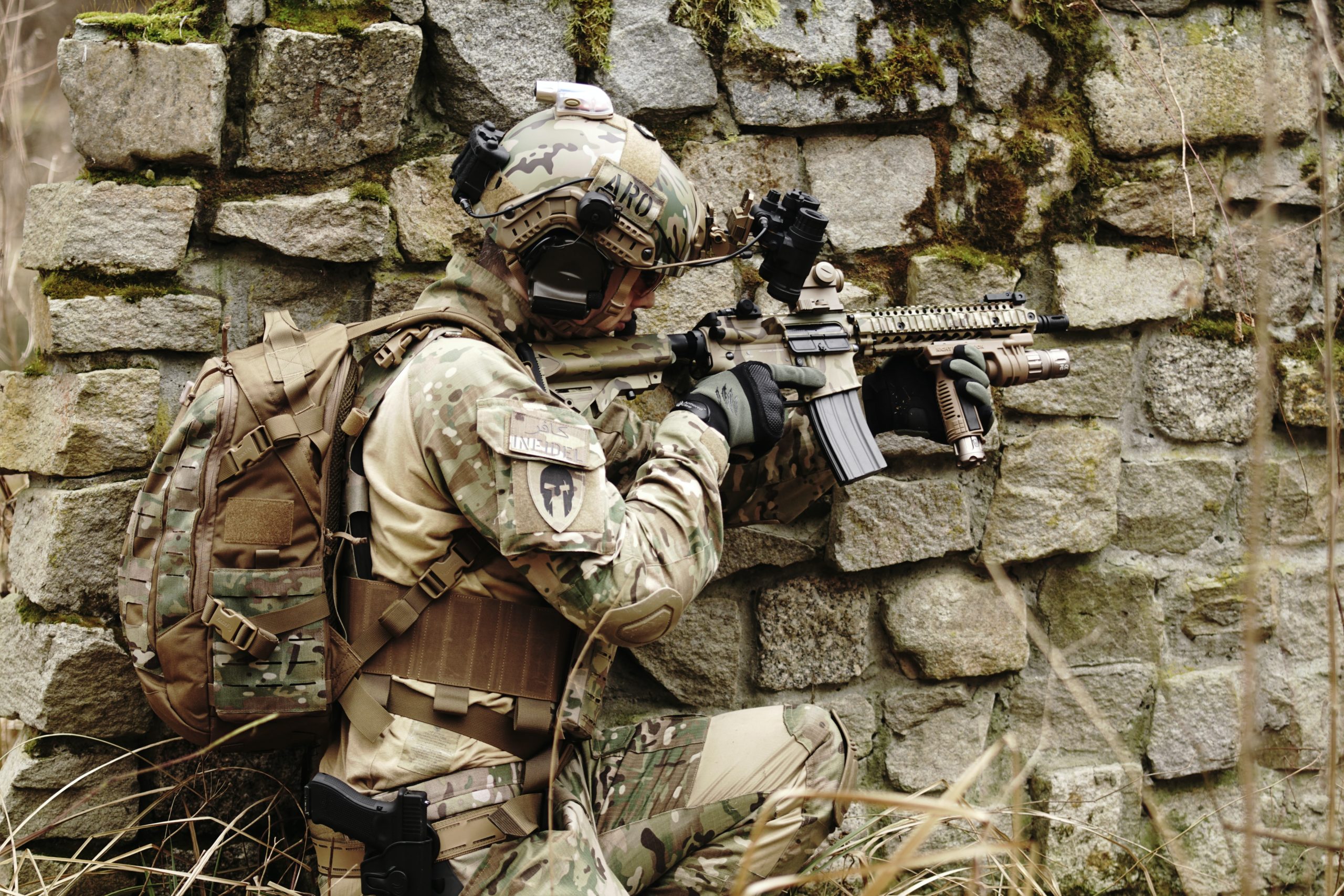Body armor can deflect certain bullets at certain speeds based on their ballistic levels. Generally, body armors are ranked according to their abilities to stop ballistic attacks. The National Institute of Justice ranks body armors into Level IIA, Level II, Level IIIA, Level III, and Level IV.
The current NIJ standard is 0101.06, with an update to 0101.07 which was scheduled and eventually completed back in 2020. As it stands, Level IIA and Level II armors could be regarded as outmoded soft armor ballistic levels that are occasionally still employed to obtain a thinner, lighter armor panel.
However, if you want to enjoy more protection from common handgun threats and rifle attacks, then you should set your eyes on the Level III and Level III+ armor. Plates of NIJ Body Armor Ballistic Level III are designed to withstand six 7.62x51mm NATO FMJ M80 rounds fired at a velocity of 2,780 ft/s. Level III+ is a term adopted by the body armor industry to denote capabilities above those of NIJ Level III. This suggests that the plate can resist high-velocity rifle bullets in addition to additional dangers, such as M855 and M193. In introducing the RF2 category of the 0101.07 standards, the NIJ plans to address this gap between Ballistic Level III and Level IV.
It is important to state that no body armor is completely infallible and impenetrable. However, there are some that offer better protection than others. One of the highest protective armors is Level IV armor. Under NIJ standards, NIJ Body Armor Ballistic Level IV is the highest-rated hard armor plate. They are designed to withstand a single shot from an Armor-Piercing 30.06 traveling at a speed of 2,880 feet per second. This examination will not change for the 01010.07 standards. A good understanding of the ballistic capabilities of the Level III+ armor would help you know the best situations it can be worn.
For more articles, please click here.

